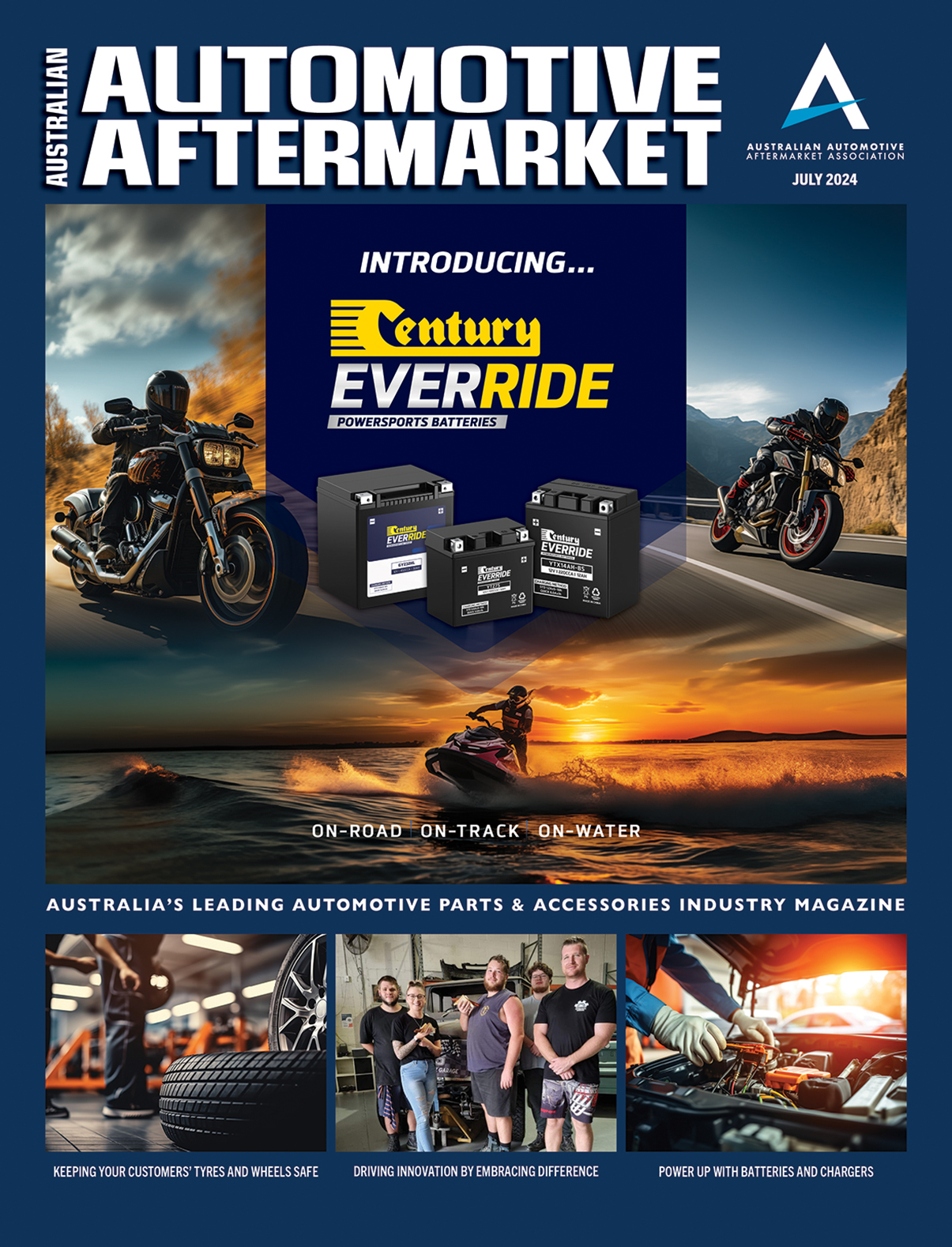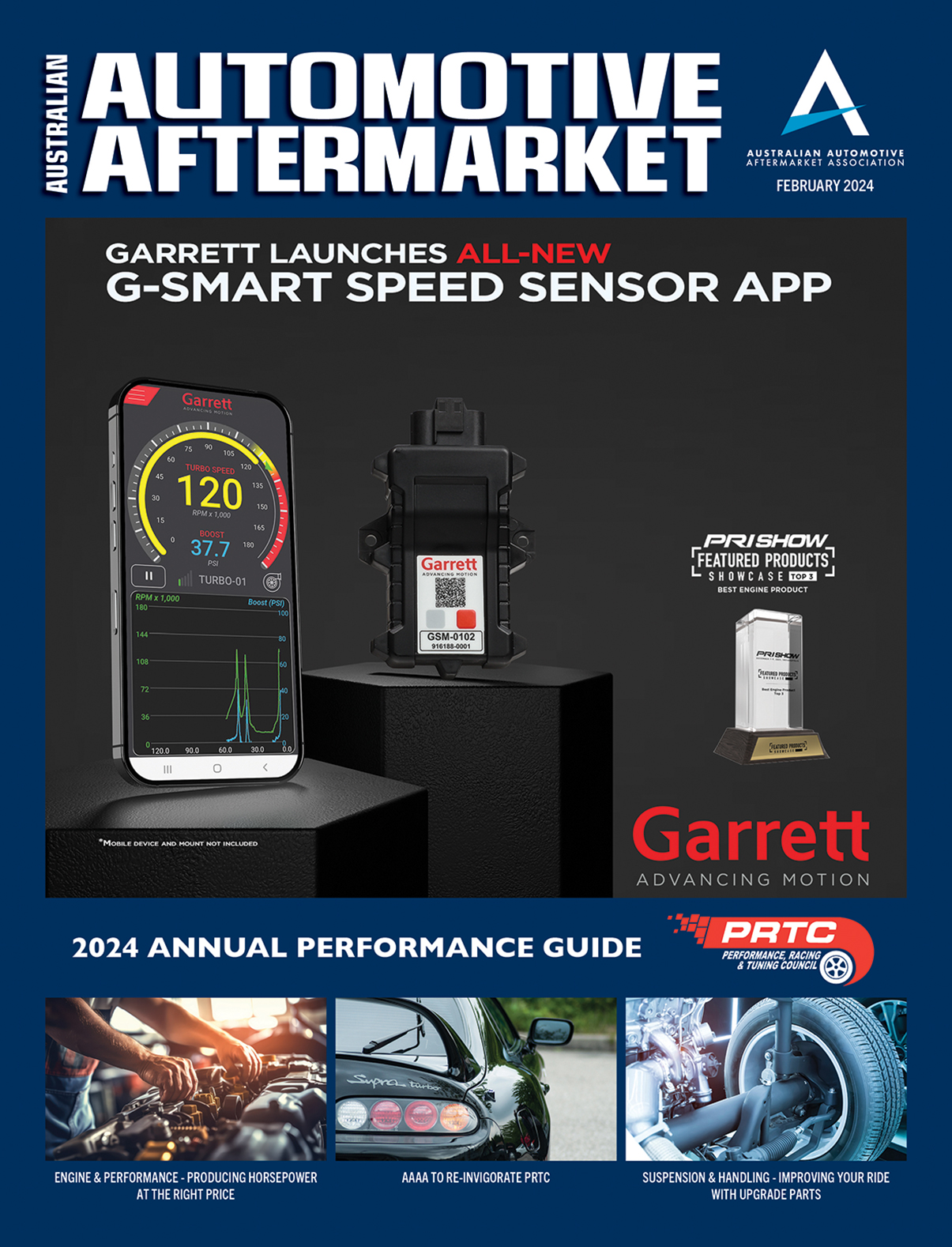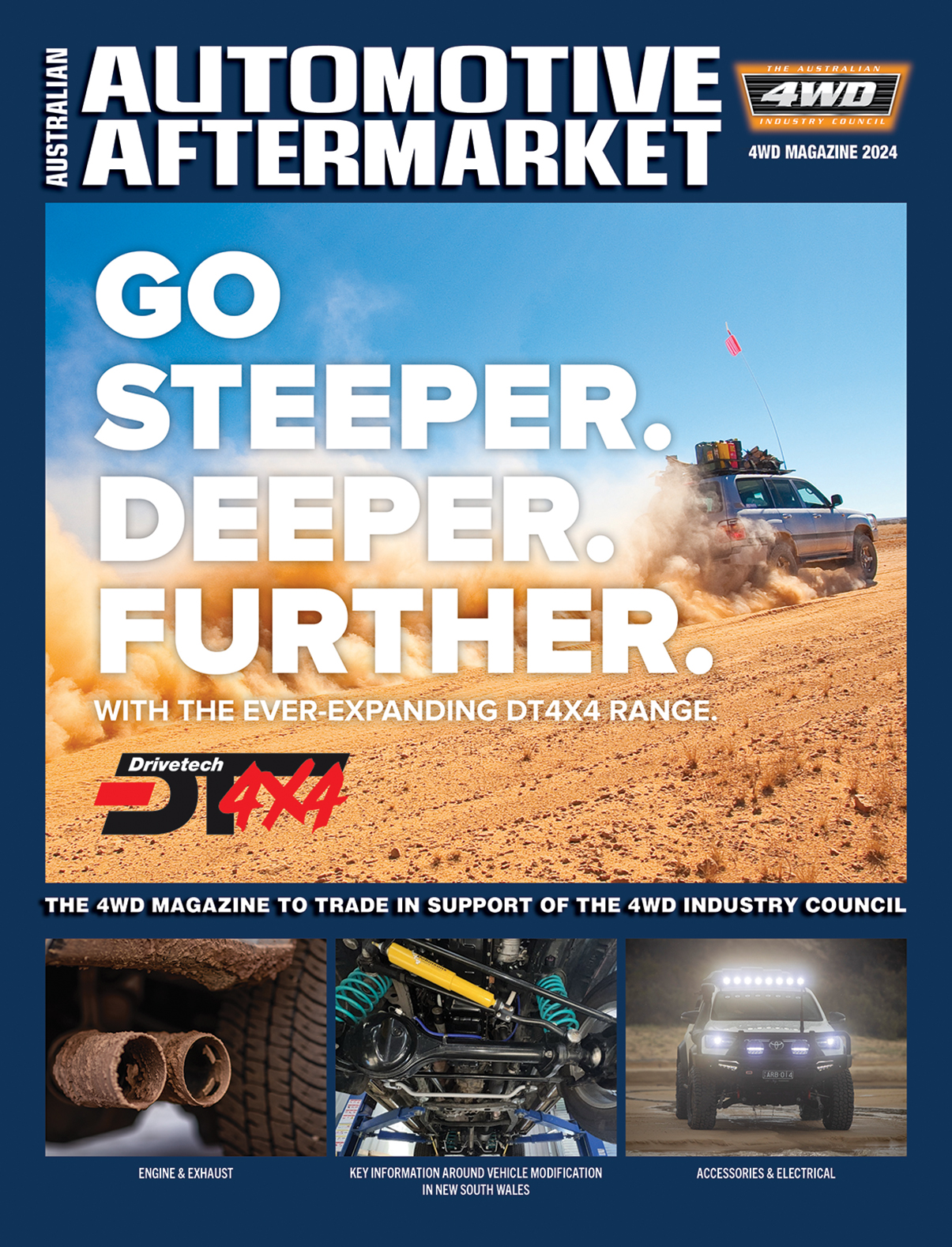CHANGING COLOURS
In this article, ACA Research says: when it comes to choosing cars, the only constant is change
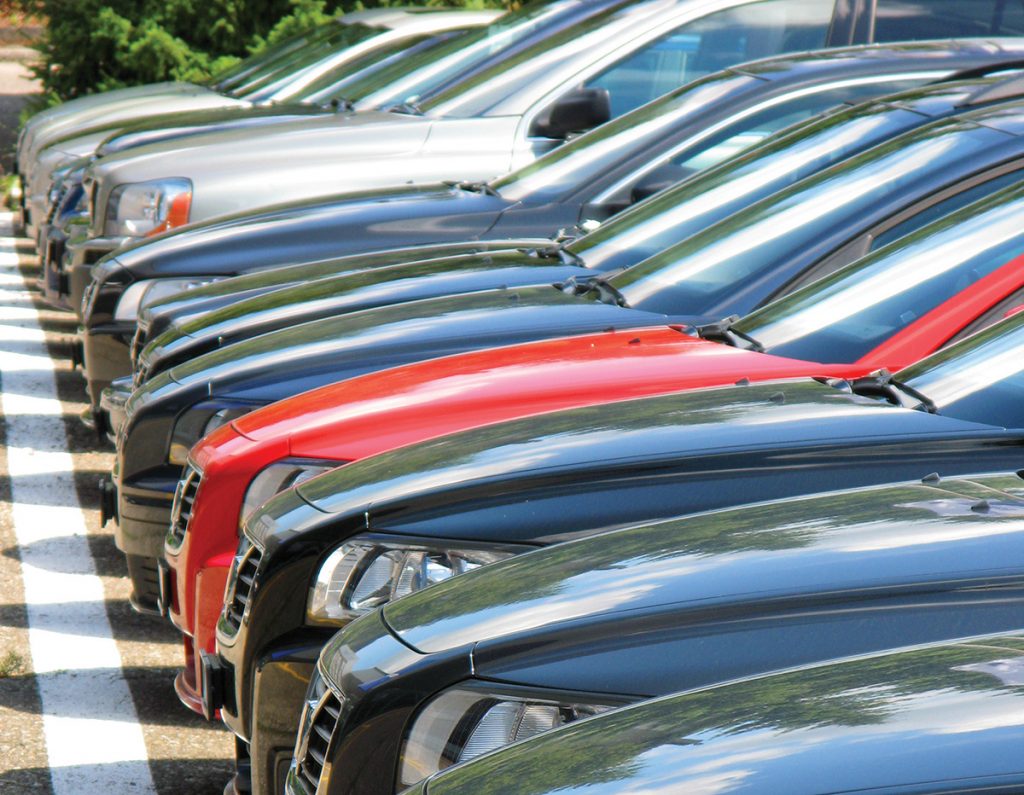
We’ve written over the past few years about the shift from full size sedans to smaller cars, the shift from passenger vehicles to SUVs, the shift from anything to utes, and the coming shift to electric vehicles.
These trends reflect the changing nature of the community, with certain styles going in and out of fashion. Another aspect where we see this is in vehicle colours.
Looking at NSW government vehicle registration data over time, we can see vehicle purchasers have become more conservative over the past 20 years.
Going back to 2001, less than half the vehicles sold were in a neutral colour (white, grey, black and silver), with blue the second most popular colour, and red the third.
In fact, at that point in time, black was less popular than gold and maroon (and just ahead of beige). Fast forward to 2021, and almost three in four registered vehicles are neutral, with blue and red making up the bulk of the remainder.
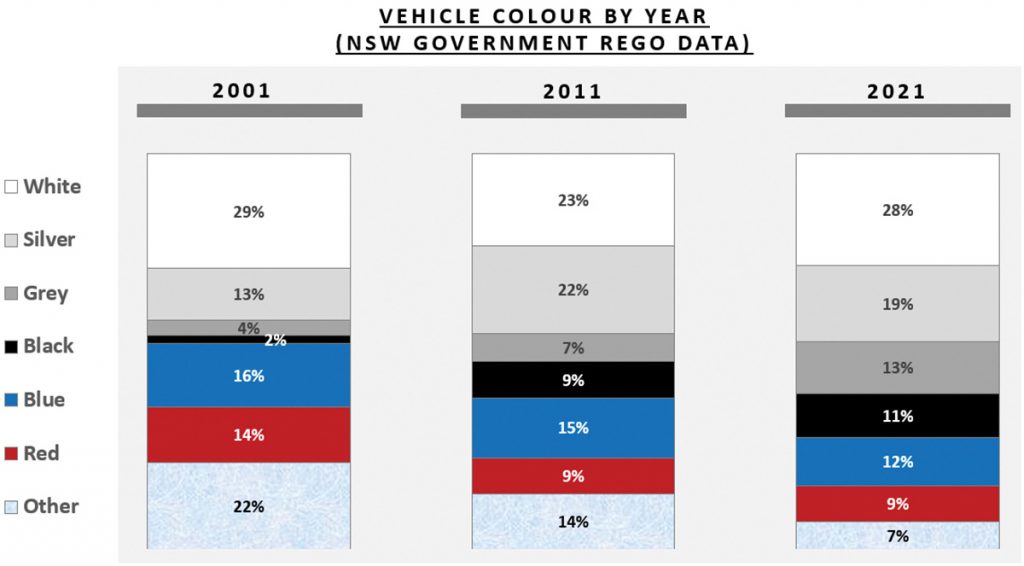
However, this is a case where the percentages don’t necessarily tell the full story.
The NSW car parc has increased by around 1.5 million vehicles over this 20-year period, so looking at the absolute number of vehicles is also quite revealing.
From this, we can see that some colours (silver and black) grew more strongly between 2001 and 2011, while others (white and grey) have become more popular over the past decade.
Interestingly, we can also see that while the proportions have declined, there are similar numbers of both blue and red vehicles registered in NSW today as there were in 2001.
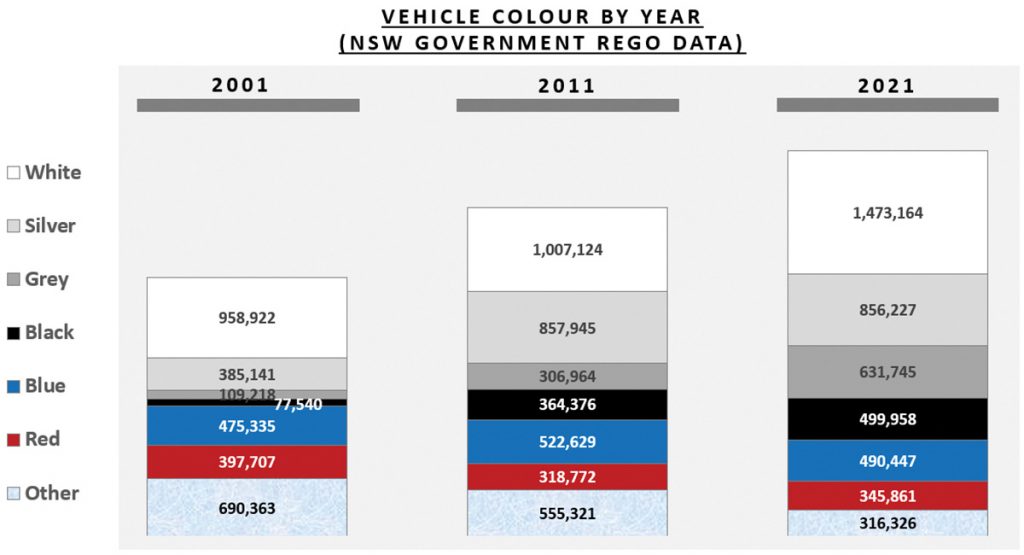
This also highlights the decline in ‘other’ options, with less than half as many registered vehicles in colours outside the top six as in 2001.Looking at the growth in white vehicles (~500k more in 10 years), we can tell there must be factors driving this change beyond just consumer preference.
This is where we’d suggest the growing popularity of utes has had the most impact, with around two in five of these vehicles being white (against one in four passenger vehicles).
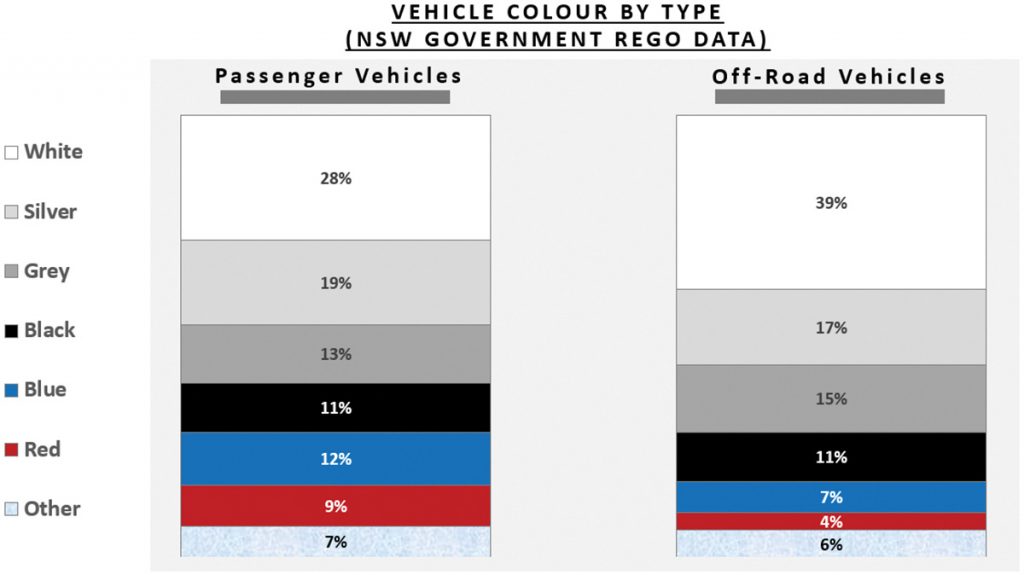
Over this same period, off-road vehicles have gone from a quarter to a third of the NSW car parc, meaning this equates to almost 300,000 additional white utes coming onto roads within the state.
Understanding market trends, and how they might impact the car parc at a more localised level is important for any automotive business.
In this case, while the data is from NSW, it can provide an understanding of what might be going on more broadly across the country, helping businesses that are involved in or supply the smash repair sector (as well as general workshops that might be asked to deal with day-to-day dings or scratches) plan their product ranging and volume requirements.
This column was prepared for AAA Magazine by ACA Research, the AAAA’s partners in the AAAA Aftermarket Dashboard which is delivered to AAAA members each quarter.
For more information, visit www.acaresearch.com.au or contact Ben Selwyn on bselwyn@acaresearch.com.au






